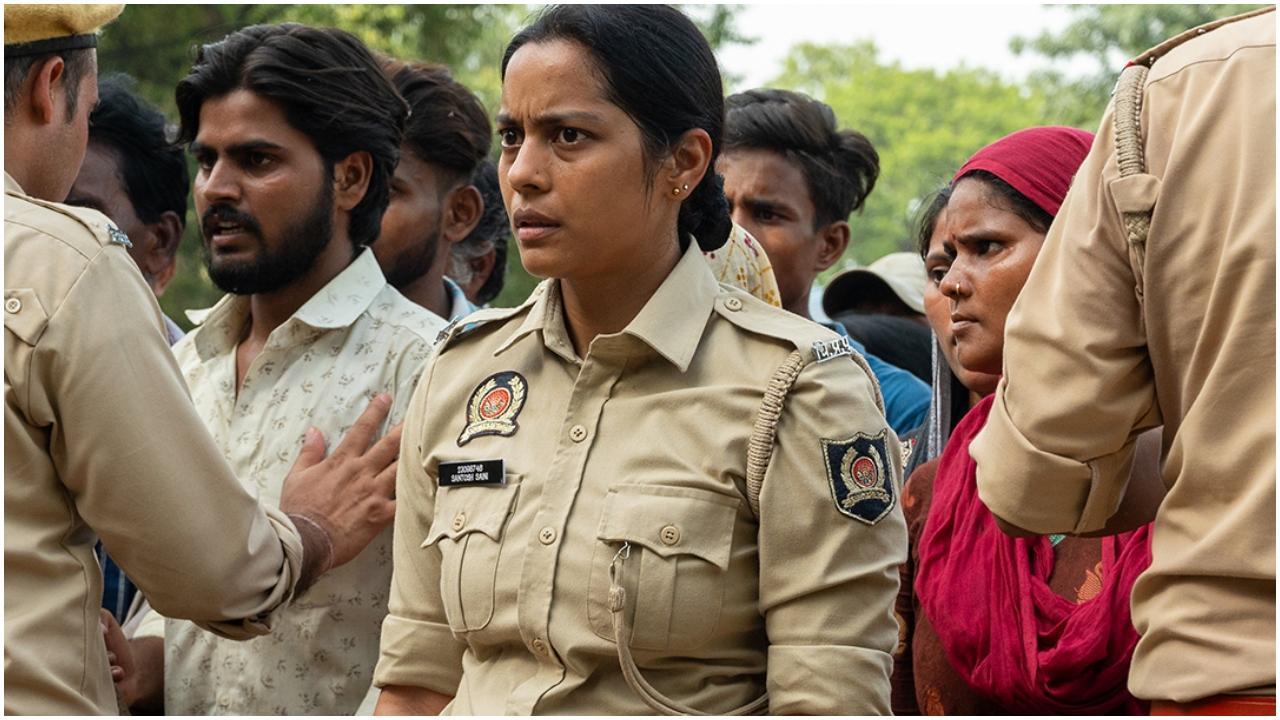Think Rajasthani cuisine and dal baati, churma, laal maas, safed maas, come to mind. In touristy places like Jaipur, Jodhpur, and Udaipur, restaurant menus often feature these popular dishes. However, they highlight only a fraction of the region’s culinary heritage.
Dig a little deeper and you realise that food in the land of royals has been heavily influenced by the region’s arid climate and scarcity of water, not to mention a past laden with warfare and survival. “Rajasthani cuisine is a masterclass in resourcefulness, especially in the arid regions of Marwar and Shekhawati. The short crop season, from August to October, means fresh ingredients are available only for a brief period.

This scarcity led the people to use preservation methods to make the most of what they have,” says Dipali Khandelwal, founder of Jaipur-based The Kindness Meal, a community and content platform preserving India’s disappearing food cultures. “The ingenuity is a testament to the region’s resilience and creativity, transforming what might seem like constraints into culinary strengths,” she says. Avijit Singh, owner, House of Rohet, a collection of boutique hotels in Rajasthan, says the limited variety of ingredients puts a strong emphasis on utilising every part of what is accessible—from root to stem—to create flavourful dishes like hare tamatar ki sabzi and dried lotus stem in gravy.
Earlier, the diet primarily consisted of locally available millets like bajra, jowar and jau, which grow amply in the desert as they are more resilient to the weather conditions. The scarcity led to the use of distinctive elements like ker (berries), sangri (beans), which grow only in desert conditions and provide nutritional benefits, and dried lentil dumplings (gatte and mangodi). “Lentils, legumes and beans provided much-needed protein.
Scarcity of water meant that we learned to cook with milk, buttermilk, or yogurt,” says Bandana Lal, a home chef. Foraging was also a vital part of Rajasthan’s past. Wild beans and berries like ker, sangri, kumathia, kaachra and keekar phalli grew in abundance in the, on account of being able to grow in water-scarce conditions, and were used to fulfil nutritional requirements.
“Rajasthanis sundry everything—from greens of carrots, spinach and mint, to local mushrooms. A household traditionally has a stock of fofaliya (a local variety of tinda), guar phali (cluster beans), bhee (sundried lotus stem), fogla (buds of Fog tree that grows only in the Thar), and aaloo ke khelre (thick dried potato chips used to make a curry),” Khandelwal says. In the absence of fresh vegetables, homemakers and cooks relied on pickles and chutneys, including variants like haldi ka achaar, sahjan ki phali ka achaar, and kheep ki phali ka achaar, to add spice and flavour to meals.
“In earlier days, people pickled teetar (partridge) and bater (quail),” Khandelwal says. Culinary techniques were also tailored to the region’s specific conditions, be it dhungar, a method used to lend a smoky flavour, or slow cooking, commonly used to cook meat to let flavours develop fully. This was used by soldiers when camping in the desert during wars.
Caravans often cooked meat in open pits during their journey and carried it along on their travels. But times are changing. The Green Revolution introduced wheat as a staple, gradually transforming traditional eating habits.
Ingredients found by foraging are tougher to find and the practice is slowly dying. “The essence of Rajasthani cuisine, once deeply rooted in local ingredients and age-old techniques, is slowly fading from everyday household kitchens,” Khandelwal says. Not many people even know how to forage any more, what to look for, and which plants and berries can be consumed, she adds.
Singh brings up a lesser-known Rajasthani dish with a rich history: rabodi. “Corn is cooked in buttermilk and spices until it forms a paste, which is then shaped into flat pancakes and sun-dried. These are then cooked in a tomato or curd-based gravy,” he says.
Khandelwal talks of the Paush khichda—a classic one-pot porridge-inspired dessert made in winter. This is a popular temple food in winters in Jaipur and during the seasonal feast of Paush Bade. “But rarely do you see the dish mentioned in cookbooks or talked about outside traditional homes,” she says, adding, “It’s time to discover a Rajasthan beyond the usual.
” • Yellow moong dal: 1/2 cup • Rice: 1/2 cup • Milk: 1.5 litre • Jaggery powder or sugar: 1/3 cup • Ghee: 5 tbsp • Turmeric powder: 1 tsp • A pinch of salt • Dry fruits (almonds, pistachios, cashews, raisins): 1/4 cup • Cardamom powder: 1/4 tsp • Saffron: 3-4 strands • Rinse the rice and lentils well. Soak in water separately for about 30 minutes • In a heavy-bottomed pan, add the soaked lentils with 1 cup of water and cook until they soften • Now add the soaked rice and milk • Add turmeric powder and salt to the pan, stir well and cook on slow flame • Once the mix starts boiling, add jaggery powder or sugar and stir well • In a small bowl, add 2 spoons of warm water and the saffron strands.
Add this mix to the pan along with cardamom powder • Finally, add ghee and mix well. Cook for 5 minutes, until it gets a velvety texture • Garnish with dry fruits and serve warm.




















